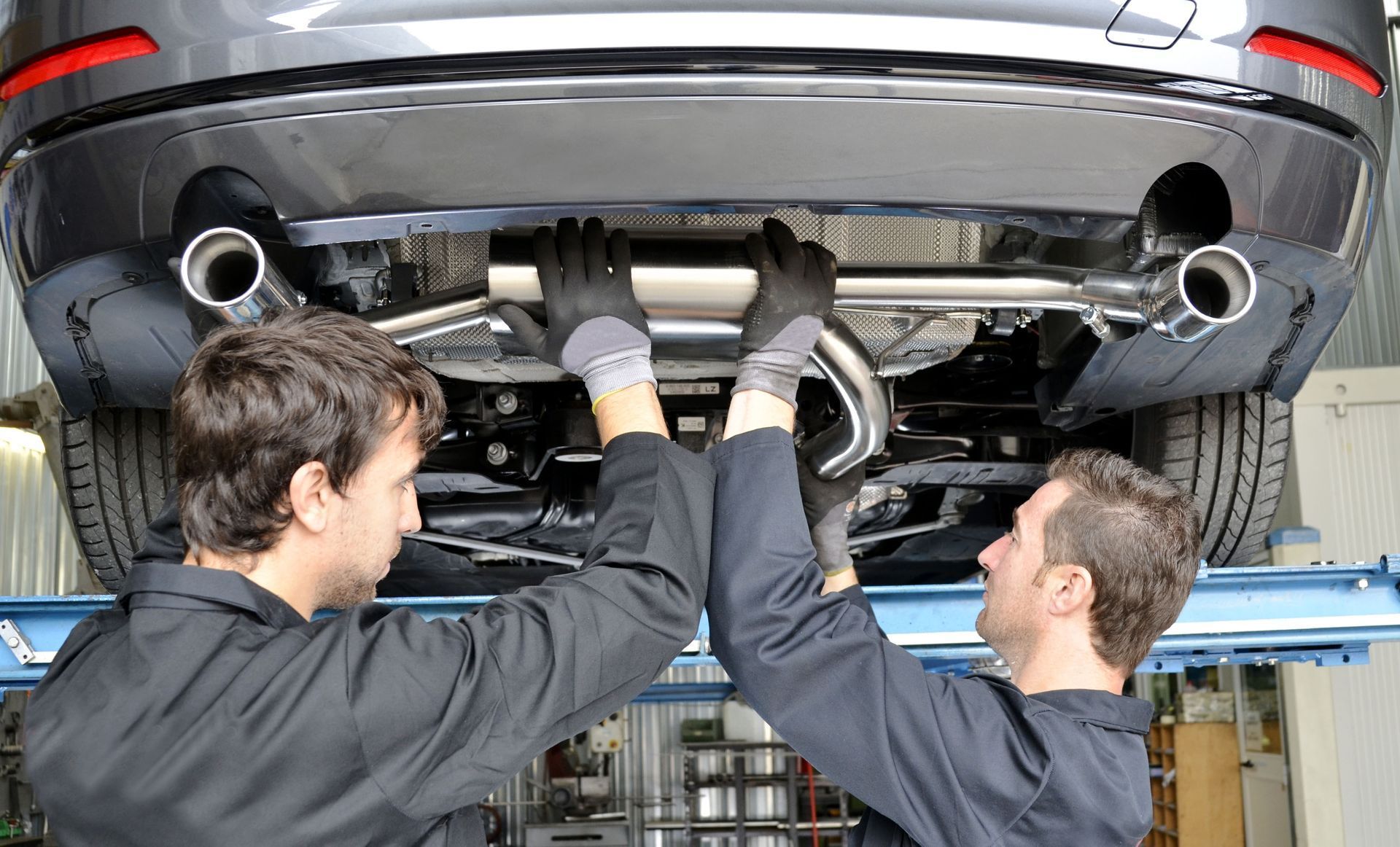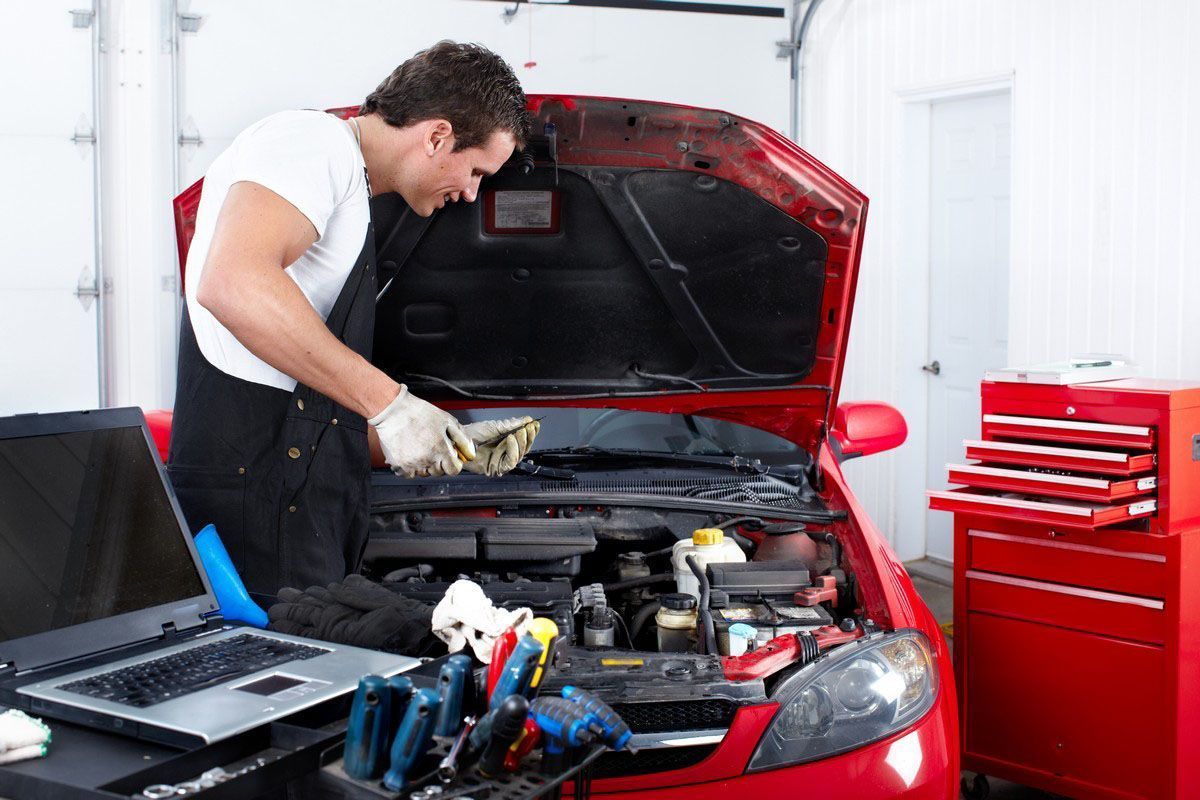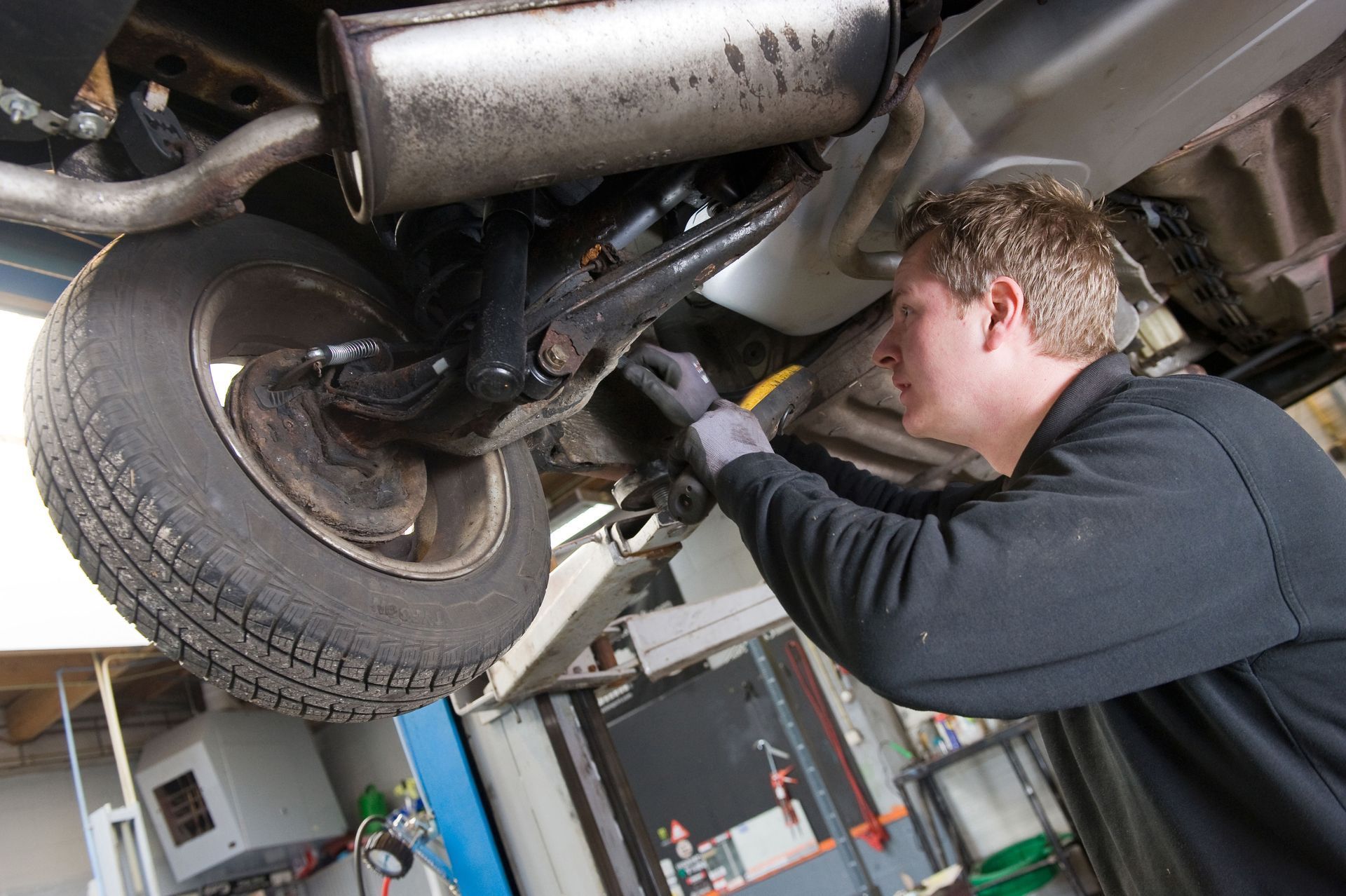August 21, 2025
Tires play a crucial role in both the performance and safety of your vehicle, serving as the only point of contact between your car and the road. To keep them in optimal condition, regular inspections and professional auto services are essential. However, even with proper care, there will come a time when tire replacement is necessary to maintain safe driving conditions. In this post, we’ll cover the key indicators that signal it’s time for new tires, helping you stay safe and comfortable on every journey.
Diminishing Tread Depth Signals Tire Wear
One of the most obvious signs that it’s time to replace your tires is diminishing tread depth. The tread helps maintain traction on the road, especially in adverse weather conditions. As tires wear down, the tread becomes shallower, and the risk of hydroplaning increases. A common test is the penny test where you insert a penny into the tread groove with Lincoln's head upside down. If you can see the entire head, your tires are worn out and should be replaced immediately.
Visible Cracks and Bulges Indicate Structural Damage
Tires face constant exposure to stressors that can lead to visible cracks and bulges on their surface, compromising both safety and performance. These imperfections often result from impacts like hitting curbs or potholes, as well as the natural aging process of the tire. Cracks may point to potential air leaks, while bulges signal a higher risk of tire failure. Relying on professional auto services to inspect and replace damaged tires promptly can help you avoid blowouts and prevent dangerous situations on the road.
Excessive Vibrations Suggest Internal Tire Issues
Experiencing excessive vibrations while driving, especially at higher speeds, might indicate that your tires are nearing the end of their useful life. While some vibration is normal, excessive shaking can result from uneven tire wear, misalignment, or internal tire damage. It's essential to diagnose the cause promptly as vibrations can affect your control over the vehicle. If tire-related, replacement can restore a smooth driving experience and help prevent further damage to your vehicle's suspension system.
Tire Age Matters Even With Minimal Use
Even if your tires appear to be in good condition, their age can still make replacement necessary to maintain safety and performance. Most manufacturers advise changing tires every six to ten years, no matter the tread depth. Over time, the rubber naturally degrades, reducing effectiveness even if the tires have seen minimal use. By working with trusted auto services to check the DOT code on the sidewall—which shows the week and year of manufacture—you can stay ahead of potential issues and ensure timely replacements.
Uneven Tread Wear Points to Alignment Problems
Uneven tire wear is another strong indicator that it may be time for a replacement. This type of wear often results from improper alignment, unbalanced tires, or suspension issues, all of which can be addressed during routine auto services. When the tread wears down unevenly, it compromises traction and can make your vehicle harder to control, especially during sudden stops or in wet conditions.
Changes in Performance Reveal Tire Concerns
Changes in driving performance can also signal tire trouble that requires attention. If you notice your vehicle pulling to one side, difficulty braking, or a decline in fuel efficiency, your tires may no longer be functioning properly. These issues may seem minor at first but can escalate quickly without the right auto services to diagnose and resolve them. Addressing these early warning signs helps you maintain optimal handling and keeps your car running efficiently on the road.
Routine Maintenance Extends Tire Lifespan
Regular tire maintenance is a key part of responsible car ownership and can significantly reduce long-term expenses. According to J.D. Power, you should rotate your tires every 5,000 to 7,500 miles to maximize their lifespan and ensure even wear. Replacing tires when needed helps prevent unexpected repairs and costly damage, especially in emergency situations. As part of comprehensive auto services, staying on top of tire care allows you to drive with confidence and keep your vehicle performing at its best.
Recognizing when to replace your tires is crucial for maintaining safety and efficiency on the road. By using auto services to monitor tread depth, check for visible damage, assess tire age, and manage maintenance costs, you can avoid hazardous situations and unexpected expenses. Staying proactive about tire care ensures a smoother, safer, and more reliable driving experience. Visit Wisconsin Muffler Tire & Auto Center when it's time for you to service your tires.
















